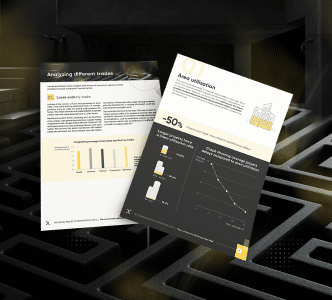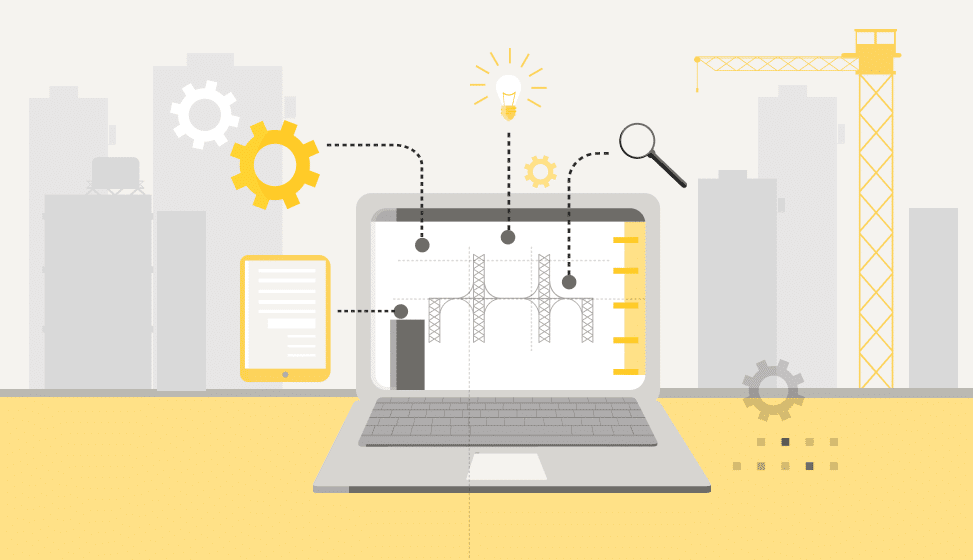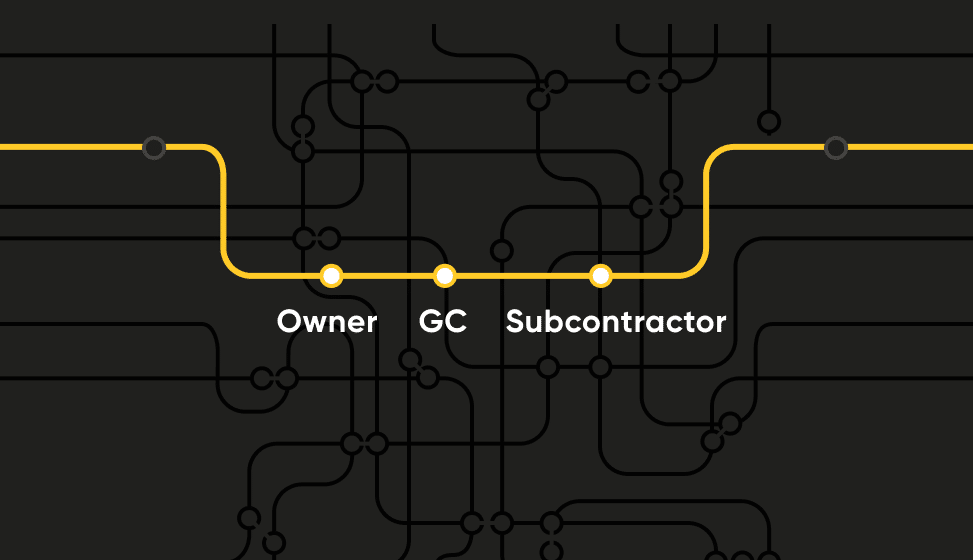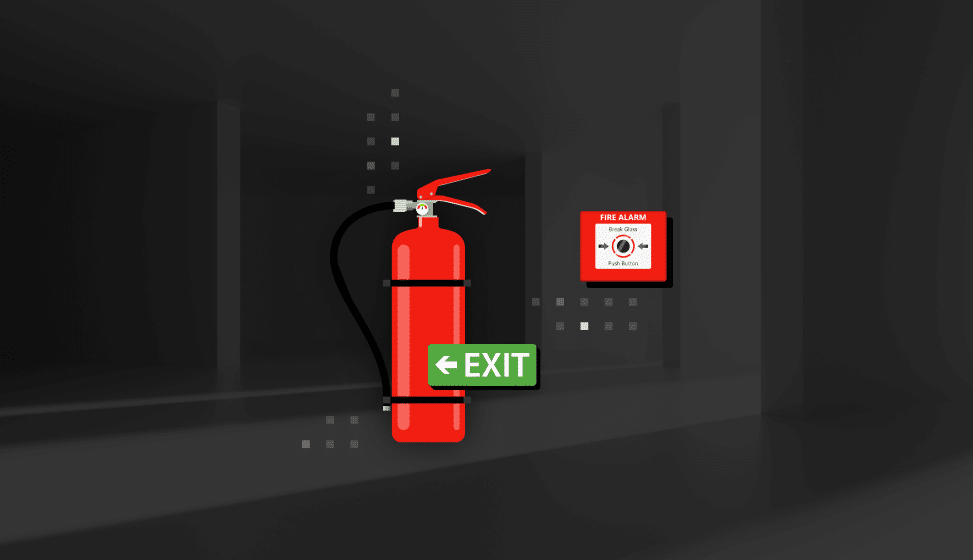Artificial Intelligence in Construction Buried in Spreadsheets? AI Has the Answer
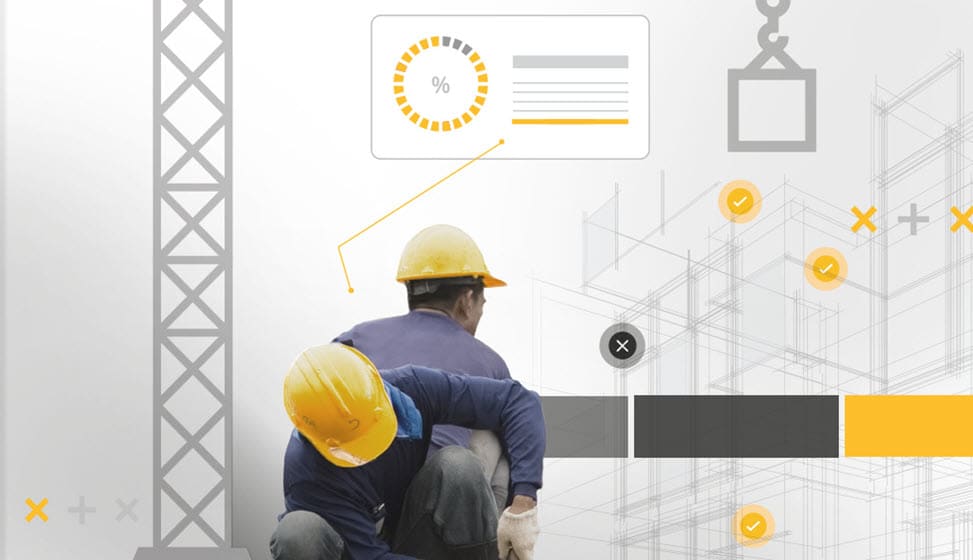
Artificial Intelligence in Construction has many applications, but it's particularly exciting for project managers.
Managing a large construction project can challenge even the most experienced teams. Juggling spreadsheets, Gantt charts, and handwritten notes from different subcontractors over a long project can quickly feel like there is just too much information to keep track of. Especially as keeping information up-to-date requires a lot of groundwork, site visits and detailed progress reviews to stay in the loop. That’s where AI helps.
As a result, it's easy for things to slip through the cracks, which means project delays, on-site disputes, and ultimately cost overruns. It's no wonder many construction managers are turning to tried and tested advances in artificial intelligence (AI) to lift some of the weight. These systems can provide up-to-date data that tracks the progress and pace of work, catches mistakes early on and ensures projects are delivered on time and on budget.
Businesses that have already adopted digital construction tools have reported a 5% reduction in construction costs, a 5% improvement in completion speeds, a 25% increase in labour productivity and a 25% reduction in overall labour costs. That's substantial savings in cost and time for any size construction project.
So let's explore some of the ways AI is helping to make construction management easier and more efficient.
What’s Wrong With Traditional Project Management Processes?
Construction projects are overseen and managed by project managers who have the skills to track complex, fast-paced operations and understand how unforeseen delays or issues will impact the schedule. To do their job efficiently, they rely on regular updates of the progress on-site, which requires in-person visits that take up valuable time, and project managers can only perform so many of these. Faced with large projects, multiple teams and tight deadlines, there will inevitably be gaps in the data.
Keeping an eye on every detail and tracking it alongside the project's design and schedule presents challenges. But the longer mistakes go undetected – the more difficult and costly they become to resolve.
The most common challenges include:
- Collecting information frequently enough to stay in control when manual inspection is the primary method
- Accurately and comprehensively identifying discrepancies between the work completed and the design
- Tracking the progress and productivity of various teams of subcontractors
- Planning an efficient schedule around last-minute changes, delays, and speciality contractors availability
- Discovering a job is delayed only when the scheduled completion date arrives or has already passed
Artificial intelligence (AI) management tools address these challenges head-on; whether it's one project or twenty, they automate the process and provide objective data. Connecting project managers straight to the reality on-site and removing the need for folders full of spreadsheets. Here's how.
How AI in Construction Management Work?
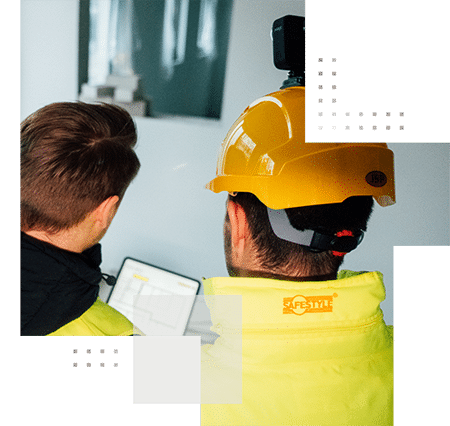
AI in construction management comprises several technologies and relies on Building Information Modeling (BIM).
Despite its widespread adoption – 73% of industry professionals in the UK reported using BIM in 2020 – there are still large gaps in how construction companies utilise the technology. When designs aren't updated frequently enough or shared with the entire team of contractors and subcontractors at the same time, it can be easy for amendments or errors to slip through the cracks.
By adopting BIM across the entire portfolio of their building projects, contractors can benefit from maintaining a clear record of even the most minute details: from wiring, pipework, and socket placement to walls, windows, and service openings. Connecting the design to the reality on-site enables each element of the build to be accurately tracked and allows project managers to monitor progress more precisely.
Harnessing Computer Power: The Benefits Of AI
Bringing together frequently updated analysis of live-build images compared with a detailed BIM model in one place makes construction management more precise, productive, and cost-efficient.
Buildots AI, and machine learning, go one step further by connecting the model directly with the work on-site, using frequent data feeds from hardhat-mounted 360-degree cameras to capture and analyse images alongside the BIM. This comparison allows our AI to automatically identify completed work, missing features, and the pace and progress of tasks, which is presented on one central platform connecting project managers straight to reality. With no messengers or opinions, the objective, in-depth data allows for more informed decision-making and better collaboration on the build's progress.
Here are just some of the benefits, AI construction management offers:
- No more blind spots
Project managers get the information they need and the objective data to ensure all bases are covered, helping avoid on-site disagreements
- Fewer site visits
With video capture built into the day-to-day workflow, project managers are freed from making regular time-consuming site visits to view progress
- A high level of precision
By comparing on-site images with an updated BIM model, AI makes sure that nothing gets missed. If a socket hasn't been installed or a window is misplaced, the issue is immediately flagged, whereas human inspection may miss finer details
- All the data, in one place
AI collects all the information related to site workload, design, progress, resource management, and scheduling into one place, saving everyone involved from juggling multiple spreadsheets, Gantt charts, and other documentation
- All the integrations you need
Many trusted AI systems integrate seamlessly with existing construction site workflows, management tools and design software and can even be brought online partway through a project
AI: Freeing Project Managers From Spreadsheets
It's clear that AI tools have a significant part to play in helping project managers stay on top of large construction projects. They help to find inefficiencies, improve productivity across the build, and provide accurate, up-to-date data that allows for more precise scheduling, resource management, and builds delivered closer to planned designs. With one system that sits at the heart of the project, connecting every aspect of construction together, construction AI tools can remove uncertainty and save your project time and money.
Whitepaper
Buildots Construction Efficiency Report 2025
